32 Times Other Car Brands Used Ford Engines
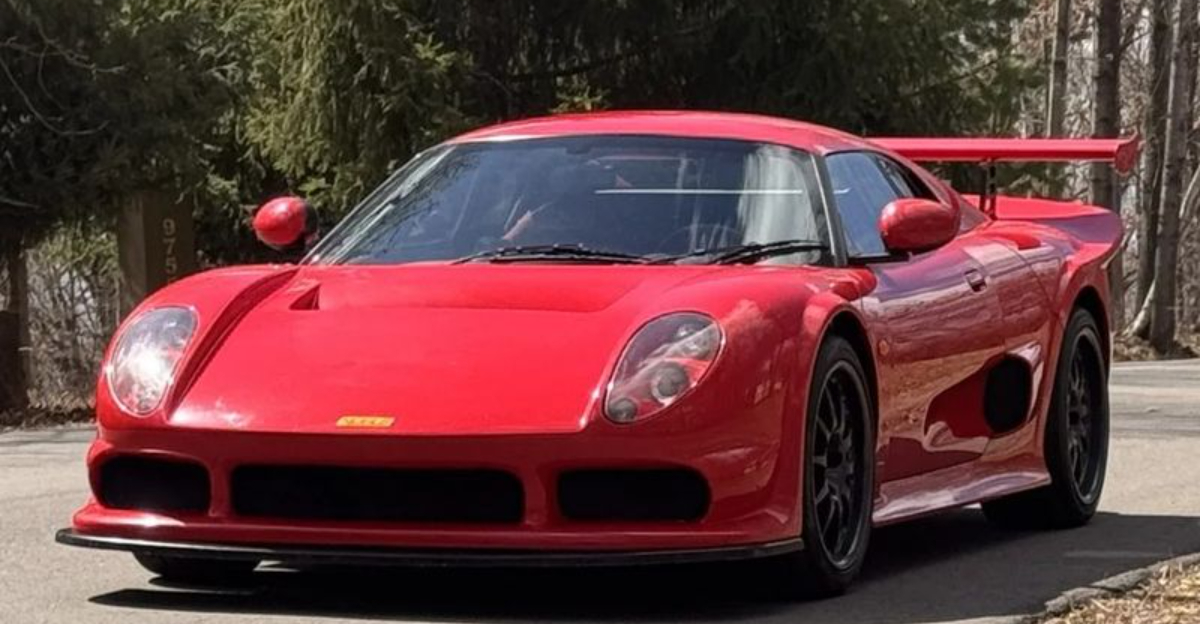
Back in high school, my friend Dave had this rusted-out Chevy, but the engine? That was a different story.
Underneath that weathered body was a Ford engine, one that made it roar to life with surprising strength.
I remember thinking, “Who would’ve guessed that the heart of this old Chevy was Ford’s beating power?” Turns out, this wasn’t an isolated incident.
Ford engines have found their way into cars from every corner of the automotive world.
Whether out of necessity, practicality, or plain old ingenuity, other carmakers have often relied on Ford’s legendary powertrains to push their rides to the limit.
1. Aston Martin DB7’s Heart Transplant
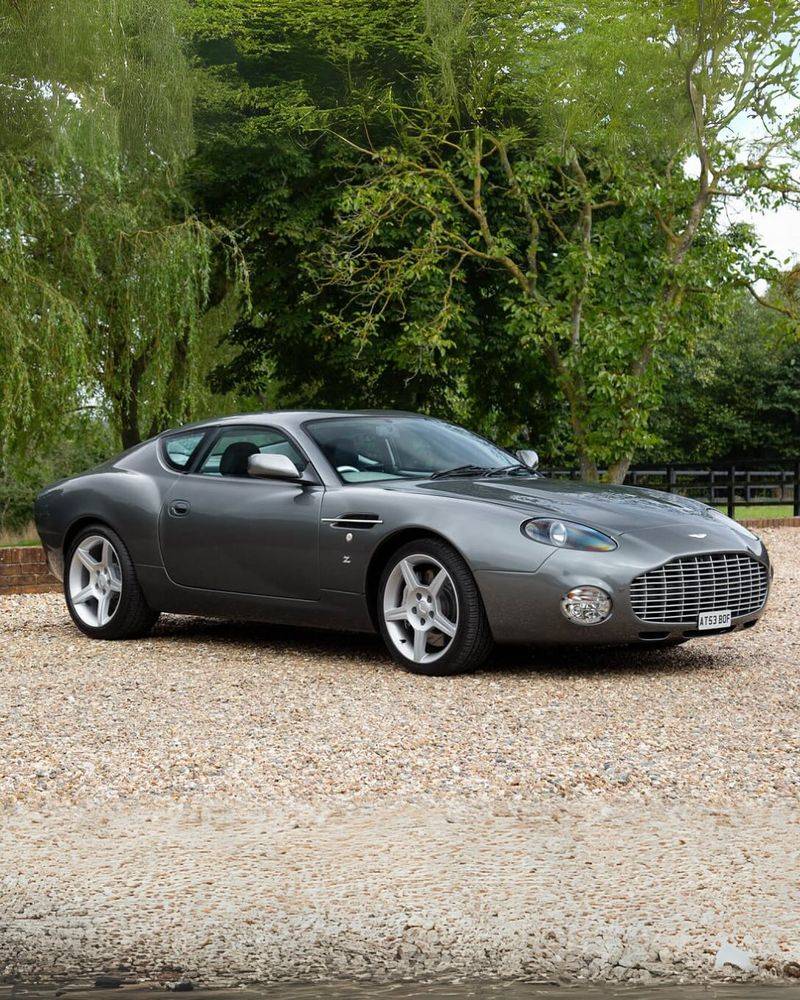
Beneath the stunning hood of the DB7 lurked Ford’s dependable Duratec V6. Aston Martin might be known for British luxury, but they weren’t too proud to use American muscle when they needed reliable power.
The partnership began after Ford purchased a controlling stake in Aston Martin in 1987.
Their 3.0-liter V6 received significant upgrades, including a supercharger that boosted output to an impressive 335 horsepower.
2. V8 Vantage’s American Growl
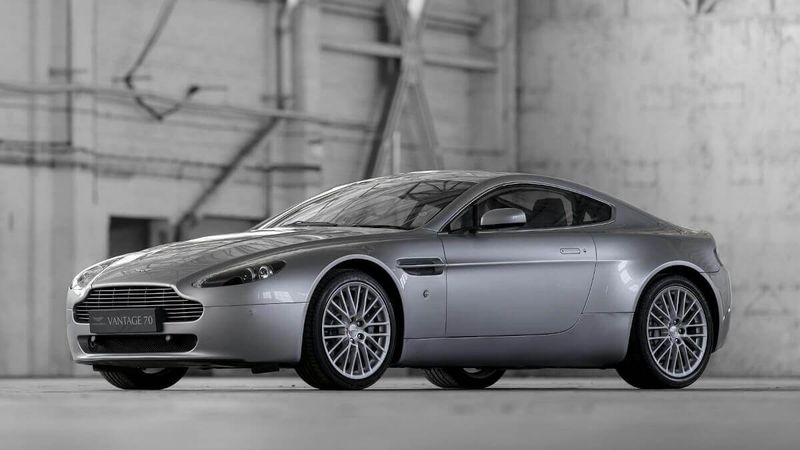
James Bond would be shocked! Aston Martin’s gorgeous V8 Vantage secretly packed Ford’s Modular V8 under its sculpted bonnet.
The British sports car maker extensively modified the engine, but its American DNA remained intact.
Engineers bumped displacement to 4.3 liters and added unique cylinder heads, camshafts, and intake systems.
The result? A sonorous 380 horsepower screamer that could sprint to 60 mph in 4.7 seconds while maintaining that distinct Aston Martin character.
3. De Tomaso Pantera’s Mustang Muscle
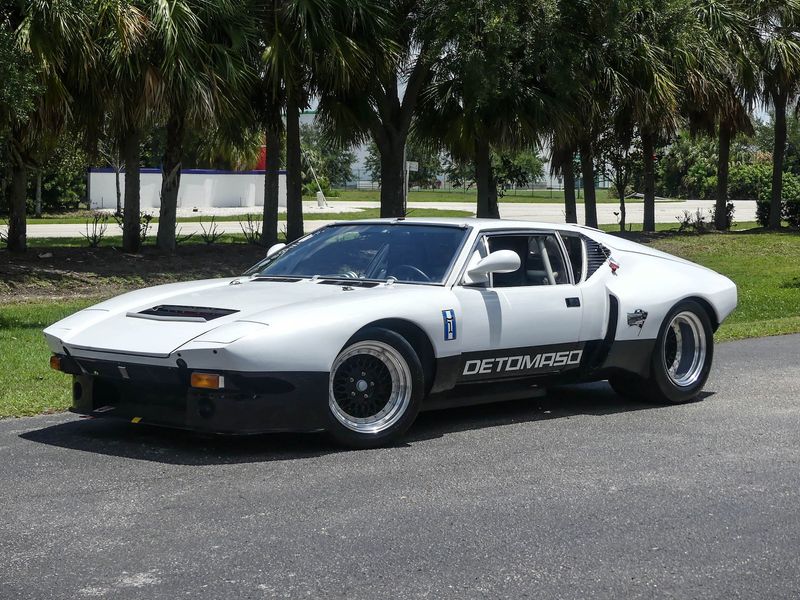
Italian style met American muscle in the exotic De Tomaso Pantera. While the sleek body screamed Ferrari competitor, the soundtrack came straight from Dearborn, Michigan.
Ford’s 351 Cleveland V8 powered this mid-engine beast, delivering around 330 horsepower in later versions. The partnership made perfect sense—Ford owned De Tomaso at the time.
This marriage of Italian design and American power created one of the most distinctive supercars of the 1970s.
4. TVR Griffith’s Blue Oval Bloodline

Bonkers British sports car manufacturer TVR stuffed the Ford Rover V8 into their wild Griffith 500.
This engine had a fascinating history—originally developed by Buick, then sold to Rover, and distributed by Ford in European markets.
TVR tuned this 5.0-liter powerplant to produce a tire-shredding 340 horsepower in a car weighing just 2,400 pounds.
With no driver aids whatsoever, the resulting performance was nothing short of terrifying—0-60 mph in 4.1 seconds in the early 1990s!
5. Caterham 7’s Ford-Powered Featherweight

Weighing less than your average refrigerator, the minimalist Caterham 7 doesn’t need much power to deliver face-melting performance.
Ford’s Sigma and Duratec four-cylinder engines proved the perfect match for this British track weapon.
The lightweight engines could be tuned from mild (120 hp) to wild (over 200 hp), giving this 1,100-pound car acceleration that embarrasses supercars.
Some variants could hit 60 mph in under 3 seconds—all with an engine you might find in a modest Ford Focus!
6. Morgan Plus 4’s Modern Heart
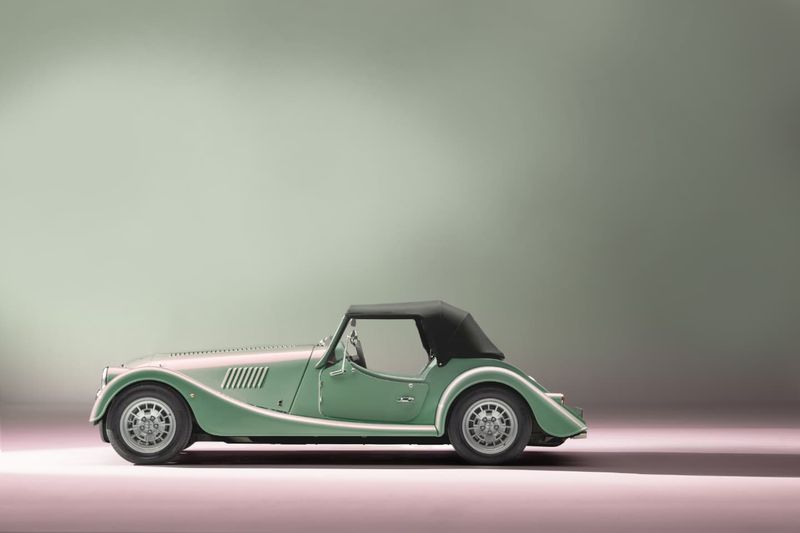
Picture a car that looks straight out of the 1930s but packs modern Ford power.
The Morgan Plus 4 embraces this delightful contradiction, combining ash wood frame construction with Ford’s 2.0L GDI four-cylinder engine.
Despite its vintage appearance, this engine gives the Plus 4 a thoroughly modern 154 horsepower.
The combination creates a uniquely charming driving experience—traditional Morgan handling paired with the reliability and emissions compliance of contemporary Ford engineering.
7. Morgan Aero 8’s Surprising Soundtrack
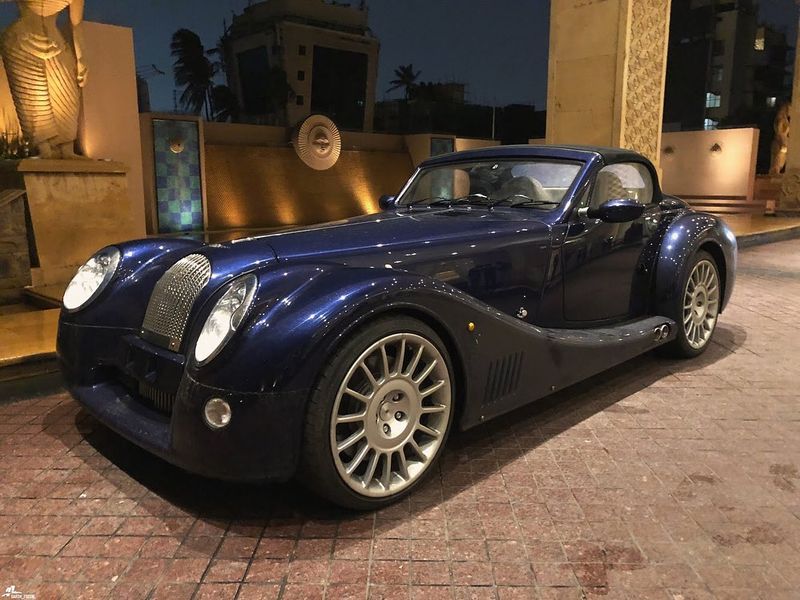
Morgan’s aluminum-chassis Aero 8 looks like nothing else on the road, combining vintage airplane aesthetics with modern performance.
What might surprise onlookers is the distinctly American rumble from its exhaust.
Ford’s 4.6-liter Modular V8—similar to what powered Mustang GTs—provided the Aero 8 with 325 horsepower.
The lightweight Morgan used this muscle to dash to 60 mph in just 4.5 seconds, all while maintaining its quirky British character.
8. Mazda B-Series Trucks’ Secret Identity

Badge engineering at its finest! Many don’t realize that Mazda’s B-Series pickups weren’t just Ford Rangers with different logos—they actually packed Ford powertrains too.
The 4.0-liter Cologne V6 found in these trucks produced a respectable 207 horsepower.
This partnership benefited both companies: Ford gained additional production volume while Mazda got a competitive pickup without developing their own truck platform from scratch.
9. Mazda Tribute’s Familiar Purr
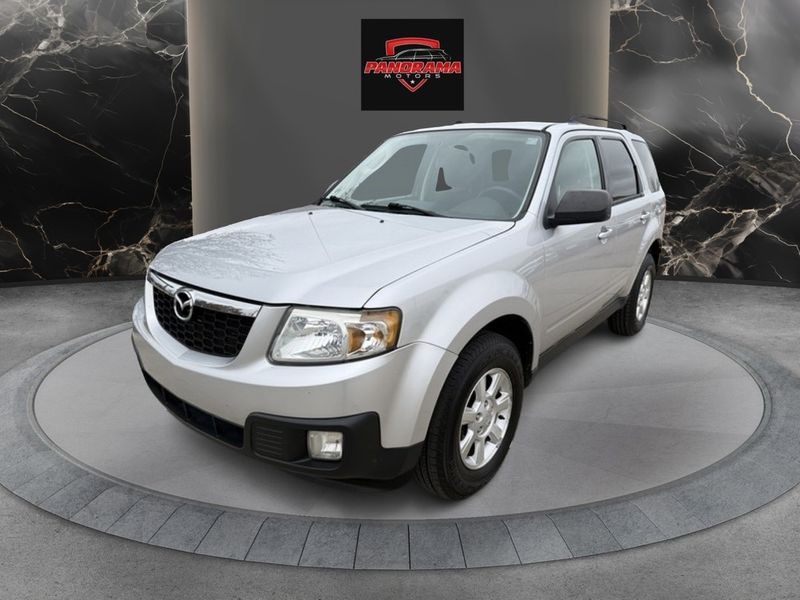
Remember the Mazda Tribute? This compact SUV shared more than just its platform with the Ford Escape—it also borrowed Ford’s Duratec engines.
Buyers could choose between a 2.0-liter four-cylinder or a more powerful 3.0-liter V6, both straight from Ford’s engine catalog.
The partnership allowed Mazda to quickly enter the booming SUV market without the massive development costs of creating their own powertrains.
10. Jaguar S-Type’s American Accent
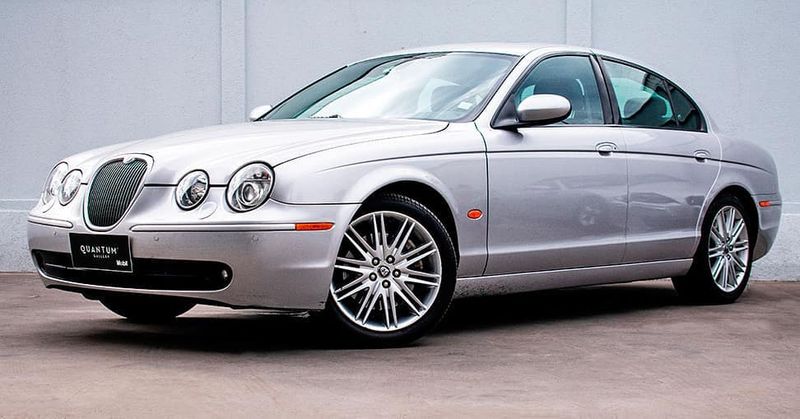
Meow meets muscle! When Ford owned Jaguar, the sleek S-Type sedan received the AJ-V6 and AJ-V8 engines—both developed under Ford’s oversight.
These powerplants gave the retro-styled luxury car proper performance credentials. The most potent version was the supercharged 4.2-liter V8 in the S-Type R, pumping out 400 horsepower.
Despite their American parentage, these engines delivered the smooth, refined character expected from a proper Jaguar.
11. Jaguar X-Type’s Working-Class Roots
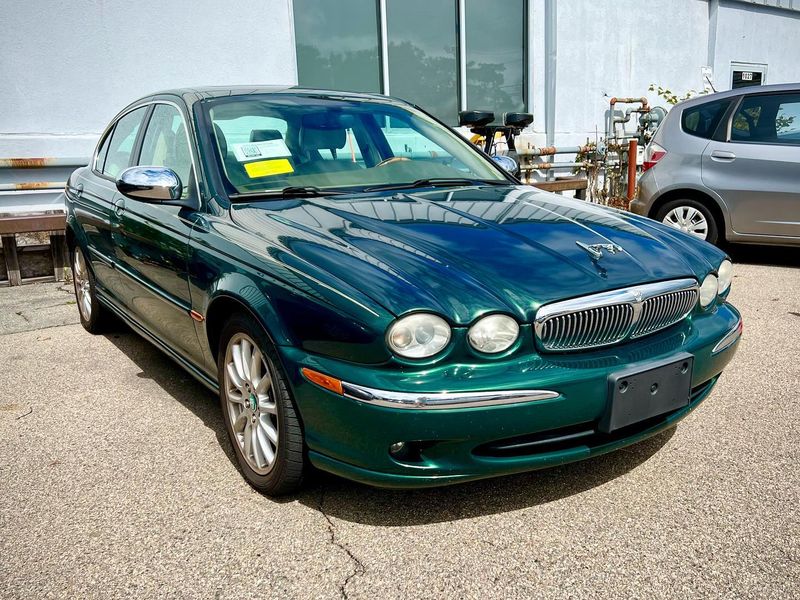
Critics called it ‘the Ford Mondeo in a fancy suit,’ and they weren’t entirely wrong. Jaguar’s entry-level X-Type borrowed heavily from Ford’s parts bin, including the Duratec V6 engine.
Available in 2.5 and 3.0-liter flavors, these engines were tuned to produce between 194 and 231 horsepower.
While purists scoffed, the X-Type became Jaguar’s best-selling model ever, introducing the brand to thousands of new customers who couldn’t afford the pricier models.
12. Land Rover Freelander’s Unexpected Source

Land Rover’s compact Freelander impressed off-road enthusiasts with its capability, but few knew about its Ford-sourced heart.
The second-generation model featured Ford’s 3.2-liter inline-six engine, producing a healthy 230 horsepower.
This engine shared architecture with the units found in various Volvo models—another Ford-owned brand at the time.
The Freelander’s powertrain proved remarkably capable both on highways and muddy trails, despite its humble origins.
13. Discovery 3’s American Power

Land Rover’s boxy Discovery 3 (LR3 in North America) packed serious Ford power under its squared-off hood. The top engine option was Ford’s 4.4-liter AJ-V8, producing 300 horsepower and 315 lb-ft of torque.
This robust powerplant helped the three-ton SUV accelerate reasonably well while providing the low-end torque needed for serious off-roading.
The engine proved so well-suited to the vehicle that Land Rover continued using Ford-based V8s even after Tata Motors purchased the brand.
14. Volvo S40’s Unexpected Five-Cylinder
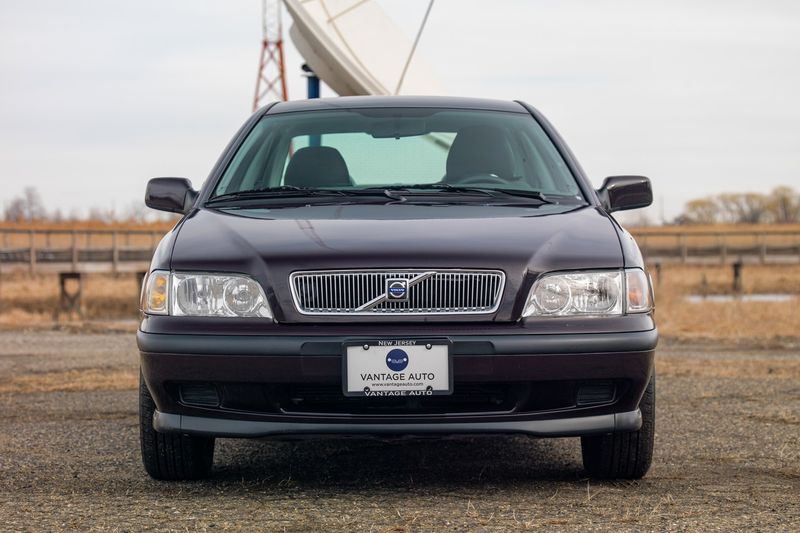
Swedish sensibility met American engineering in the second-generation Volvo S40.
Ford’s ownership of Volvo led to the compact luxury sedan receiving a unique turbocharged five-cylinder engine derived from Ford’s Duratec family.
This inline-five produced up to 227 horsepower in T5 models and gave the S40 a distinctive exhaust note unlike any other compact luxury car.
The unusual cylinder count provided a perfect balance between the economy of a four-cylinder and the smoothness of a six-cylinder.
15. Volvo XC90’s American Muscle

Volvo shocked the automotive world when their family-friendly XC90 SUV debuted with a Ford V8 option.
The 4.4-liter engine, derived from Ford’s Modular V8 family, produced 311 horsepower and was specially modified to fit transversely in Volvo’s platform.
Engineers went to extraordinary lengths to maintain Volvo’s safety reputation, even designing a compact offset crumple zone around the engine.
This unlikely powerplant gave the Swedish SUV surprising performance while maintaining the brand’s reputation for durability.
16. Noble M400’s Ferocious Ford Heart

British boutique supercar builder Noble created the track-focused M400 with one goal: maximum performance. At its heart sat a heavily modified Ford Duratec V6 with twin turbochargers bolted on.
This thoroughly reworked 3.0-liter engine produced a blistering 425 horsepower in a car weighing just 2,325 pounds.
The result was supercar-slaying performance—0-60 mph in 3.2 seconds—from what was essentially a hopped-up Mondeo engine!
17. TVR Tuscan’s Prototype Powerplant
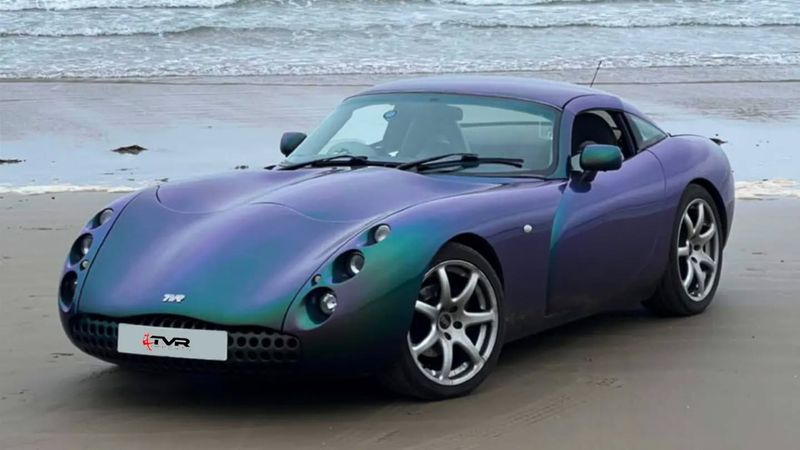
Before TVR built their own engines, they experimented with various Ford motors. The prototype Tuscan utilized Ford’s Essex V6—a sturdy 3.0-liter powerplant originally designed for the Ford Capri.
TVR substantially modified the engine with performance camshafts, upgraded valvetrain, and three Weber carburetors.
Though the production Tuscan ultimately used TVR’s in-house engines, these Ford-powered prototypes demonstrated the potential of the wildly styled sports car.
18. Koenigsegg’s Humble Beginnings

Before creating their own insane hypercars, Swedish manufacturer Koenigsegg built their first prototype—the CC—around a highly modified Ford Modular V8.
This was the same basic engine found in Mustangs across America.
Company founder Christian von Koenigsegg chose the Ford engine for its reliability and tuning potential. After extensive modifications, the engine produced 655 horsepower, an impressive figure for the late 1990s.
This Ford-powered prototype laid the groundwork for Koenigsegg’s future record-breaking hypercars.
19. Marcos Mantis’ Mixed Heritage
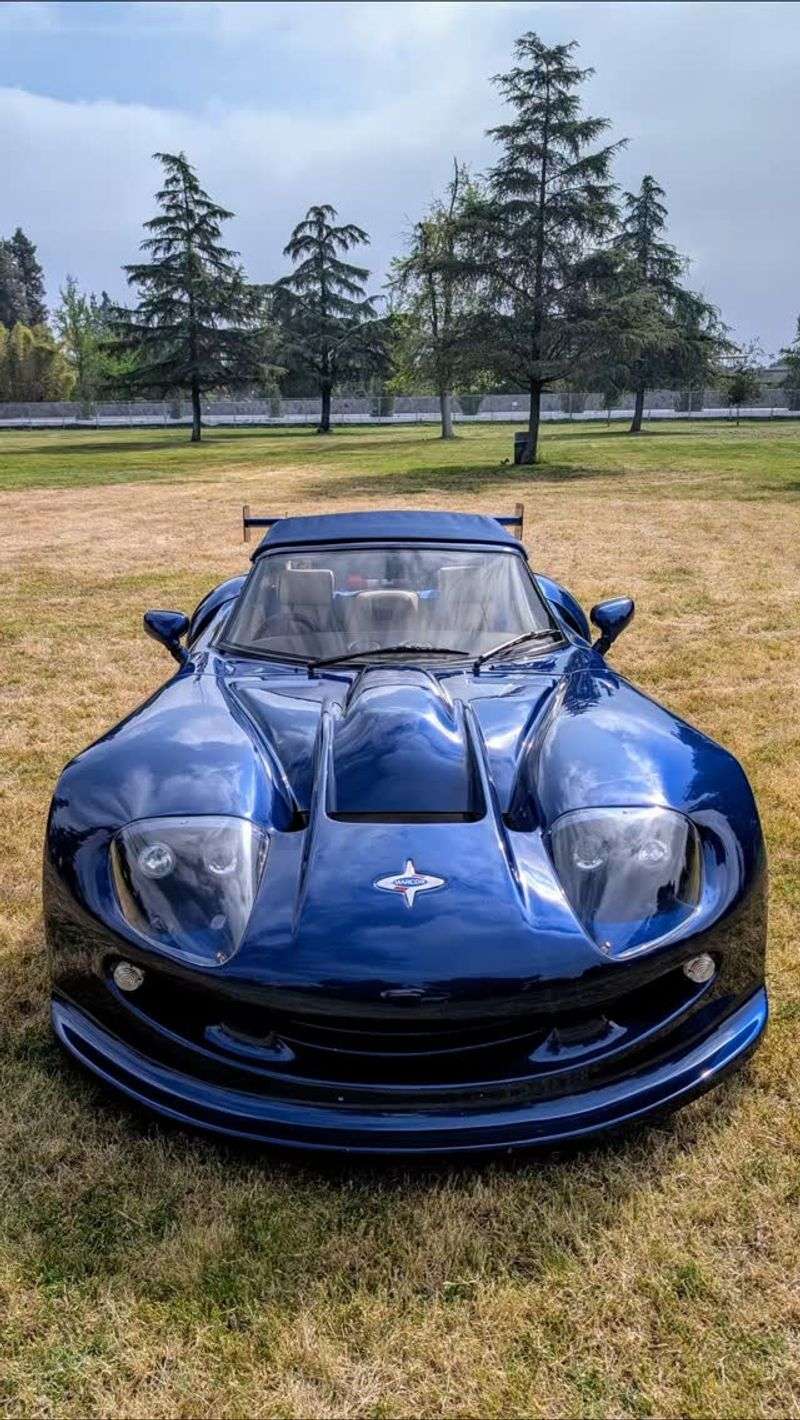
British sports car manufacturer Marcos revived their Mantis name in the 1990s with a curvy coupe powered by Ford engines. Buyers could choose between V6 and V8 options—both straight from Ford’s catalog.
The top-spec Mantis GT used a 4.6-liter Ford V8 producing 327 horsepower, good for 0-60 mph in 5 seconds flat.
With its distinctive styling and reliable Ford power, the Mantis represented an affordable alternative to established sports cars from Porsche and Ferrari.
20. Saleen S7’s NASCAR-Inspired Power
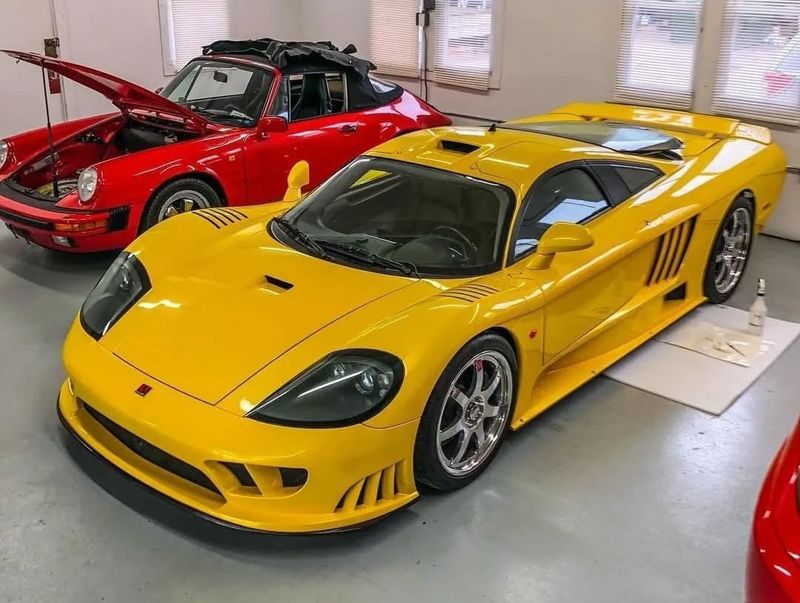
America’s first true supercar, the Saleen S7, packed serious Ford power. While technically a custom engine, its 7.0-liter V8 was based on Ford’s small-block architecture with significant NASCAR influence.
This all-aluminum powerhouse delivered 550 naturally aspirated horsepower, later boosted to 750 hp with twin turbos.
Steve Saleen’s racing experience with Mustangs led him to trust Ford’s basic engine design for his flagship supercar—a decision that helped the S7 dominate on both road and track.
21. Panoz Esperante’s Mustang Motivation
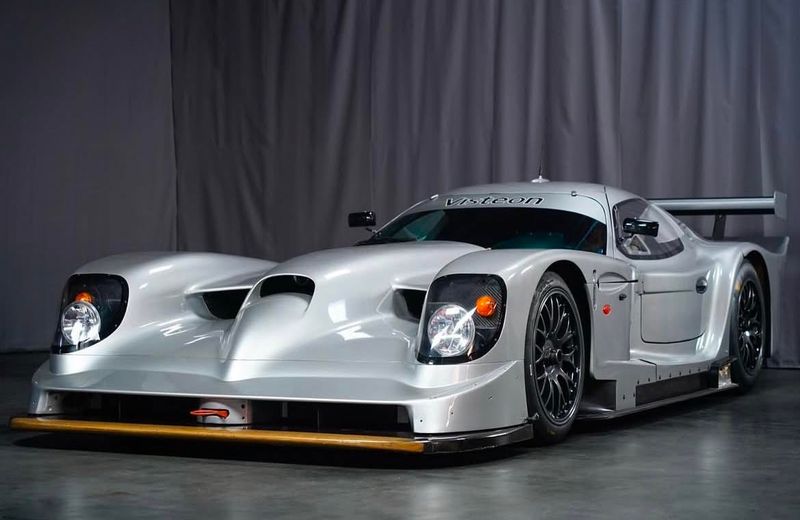
Georgia-based Panoz created the hand-built Esperante as America’s answer to European sports cars. Their secret weapon? Ford’s 4.6-liter Modular V8 borrowed from the Mustang SVT Cobra.
In supercharged GTLM form, this engine produced 420 horsepower and powered the lightweight aluminum Esperante to impressive performance figures.
The combination of exotic construction methods and reliable Ford power created a uniquely American sports car with the soul of a Mustang and the exclusivity of a boutique manufacturer.
22. Qvale Mangusta’s Italian-American Fusion

The strange-looking Qvale Mangusta began life as the De Tomaso Biguà before company disputes led to rebranding. One thing remained constant: Ford power under the hood.
The Mangusta used the 4.6-liter Ford SVT Cobra V8 producing 320 horsepower. Despite its polarizing styling, the car offered impressive performance with 0-60 mph times under 5 seconds.
Only about 284 were built before production ended in 2002, making this Ford-powered oddity a rare sight today.
23. AC Cobra Continuation’s Original Formula
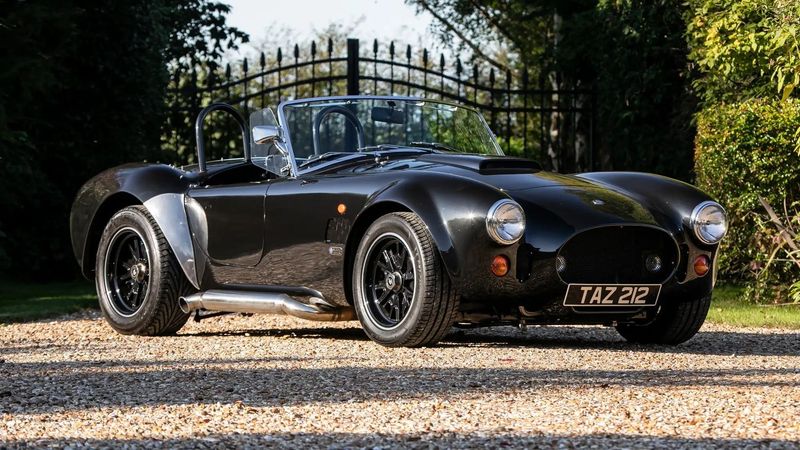
Modern continuation models of the legendary AC Cobra stay true to Carroll Shelby’s original recipe: British chassis + big American V8.
Current officially licensed models still use Ford’s massive 427 cubic inch (7.0-liter) V8 engines. These modern Cobras produce anywhere from 430 to 550 horsepower, depending on specification.
The thunderous Ford big-block gives these continuation cars the authentic Cobra experience—spine-crushing acceleration and a soundtrack that could wake the dead.
24. Sunbeam Tiger’s Shelby Connection
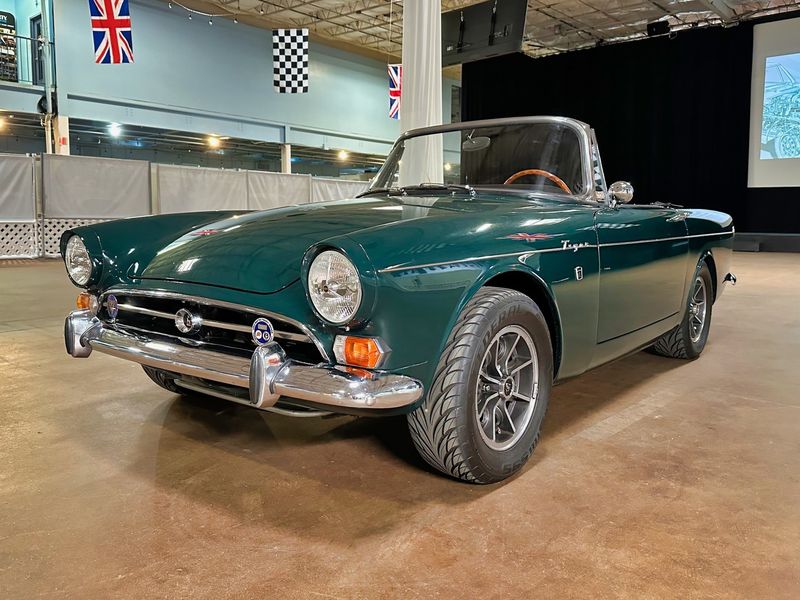
Before the Cobra, Carroll Shelby worked his V8-swapping magic on the British Sunbeam Alpine, creating the ferocious Tiger. His weapon of choice? Ford’s compact 260 and later 289 cubic inch V8 engines.
These small-block Ford V8s transformed the mild-mannered Alpine into a legitimate sports car.
The Tiger became famous as Maxwell Smart’s car in the TV show “Get Smart,” complete with dozens of spy gadgets.
Production ended when Chrysler purchased Sunbeam’s parent company and refused to use competitor Ford’s engines.
25. Iso Grifo’s American Muscle

Italy’s gorgeous Iso Grifo combined Giugiaro-designed bodywork with reliable American power.
Early models featured Ford’s 351 Windsor V8, chosen specifically for its reliability and easy maintenance compared to temperamental Italian engines.
With over 300 horsepower in a lightweight package, the Grifo could hit 160 mph—making it one of the fastest production cars of the 1960s.
This combination of Italian style and American muscle created one of the most desirable GT cars of its era.
26. Shelby Daytona’s Replicated Roar
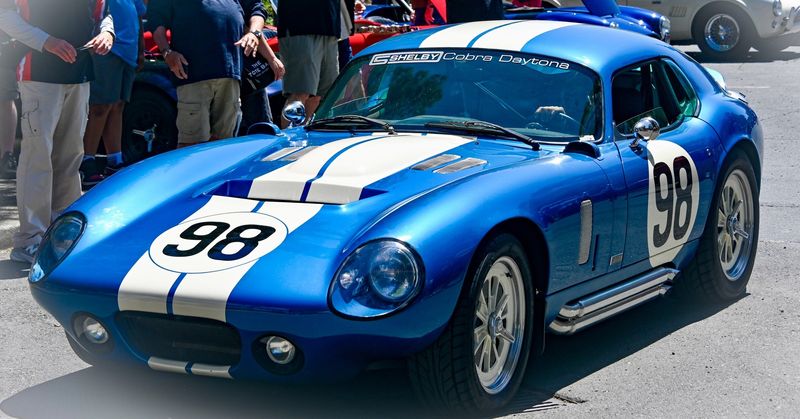
Original Shelby Daytona Coupes are worth millions, but faithful replicas capture the essence of these legendary race cars.
Like the originals, most replicas use Ford small-block V8 engines producing 400+ horsepower. These engines maintain period-correct performance while offering reliability the originals never had.
The distinctive sound of a Ford V8 at full chat remains one of the most authentic aspects of these replicas, helping owners experience what made the originals such dominant force at Le Mans in 1964.
27. Gilbern Invader’s Welsh-American Hybrid
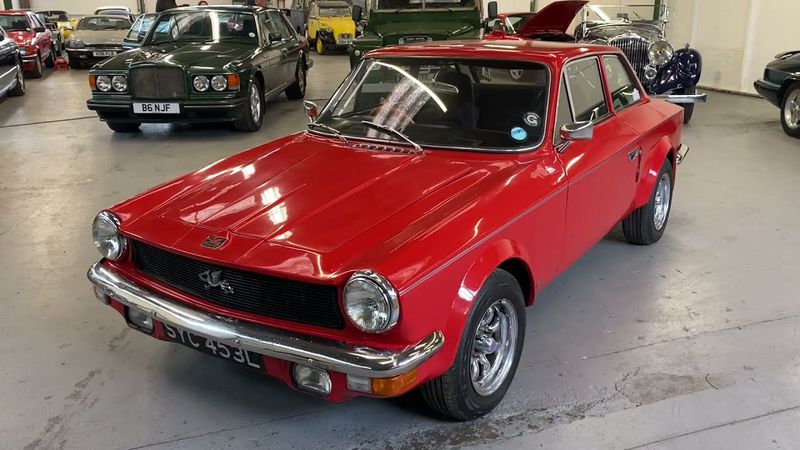
Wales’ only native car manufacturer, Gilbern, created the fiberglass-bodied Invader with Ford’s Essex V6 providing motivation. This 3.0-liter engine gave the lightweight sports car impressive performance for its era.
With 138 horsepower on tap, the Invader could hit 60 mph in around 8 seconds—respectable figures for the early 1970s.
The combination of British craftsmanship and reliable Ford power made the Invader a compelling alternative to established sports cars, though fewer than 600 were ever built.
28. Reliant Scimitar’s Surprising Speed

Princess Anne owned one! The fiberglass-bodied Reliant Scimitar GTE was Britain’s first production sports wagon, combining practicality with genuine performance thanks to Ford’s Essex V6 engine.
This 3.0-liter powerplant gave the lightweight Scimitar impressive acceleration—0-60 mph in just 8.5 seconds was genuinely quick for the 1970s.
The car’s unique combination of shooting brake styling, Ford reliability, and sports car handling made it a favorite among British enthusiasts.
29. GT40 Replicas’ Authentic Rumble

The legendary Ford GT40 conquered Le Mans four times running, and today’s replicas stay true to the original formula.
Most use period-correct Ford 289 or 302 small-block V8 engines, just like many of the originals. These powerplants produce anywhere from 350 to 500 horsepower depending on state of tune.
While genuine GT40s command eight-figure prices at auction, replicas with authentic Ford power offer much of the same experience at a fraction of the cost.
30. Rossion Q1’s Forced-Induction Fury

American boutique manufacturer Rossion created their Q1 supercar using a highly modified version of Ford’s Duratec V6. Twin turbochargers transformed this humble engine into a 450-horsepower monster.
Weighing just 2,495 pounds, the Q1 could rocket to 60 mph in 3.1 seconds—supercar territory.
Based on the Noble M400 but refined for everyday use, the Rossion Q1 demonstrated just how far Ford’s pedestrian V6 could be pushed when engineers removed all constraints.
31. Caparo T1’s Formula One Connection
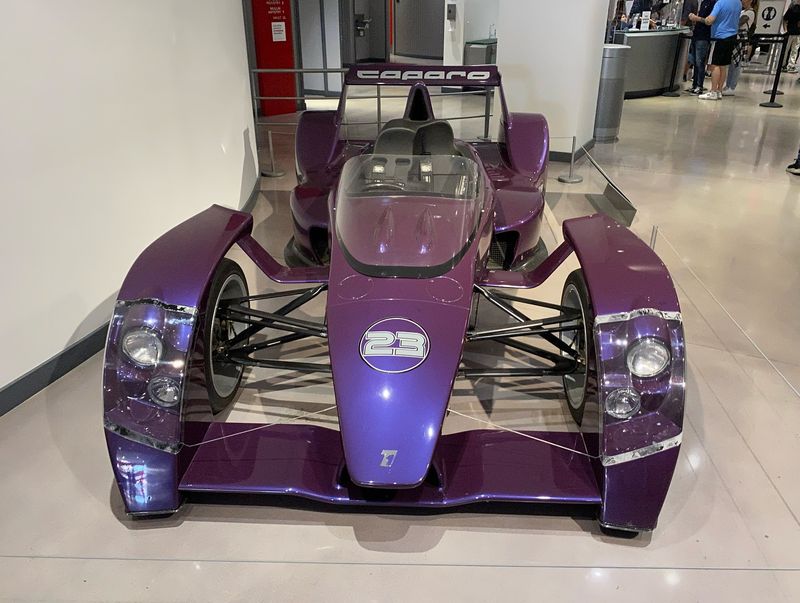
Looking like a Formula One car with fenders, the track-focused Caparo T1 needed a special engine. Engineers chose a highly modified version of Ford’s Duratec V6 as their starting point.
After extensive development, this 3.5-liter engine produced a screaming 575 horsepower at 10,500 rpm.
Weighing just 1,036 pounds, the T1 offered the closest thing to F1 performance available to civilians—all powered by an engine with humble Ford origins.
32. Ginetta G50’s Racing Pedigree

British racing car manufacturer Ginetta built their G50 GT4 race car around Ford’s 3.5-liter Duratec V6. This production-based engine was chosen for its reliability and tuning potential in endurance racing conditions.
Producing 300 horsepower in a car weighing just 1,800 pounds, the naturally aspirated Ford engine provided the perfect balance of performance and durability.
Hundreds of G50s have competed worldwide, winning numerous championships while showcasing the racing potential of Ford’s V6.
